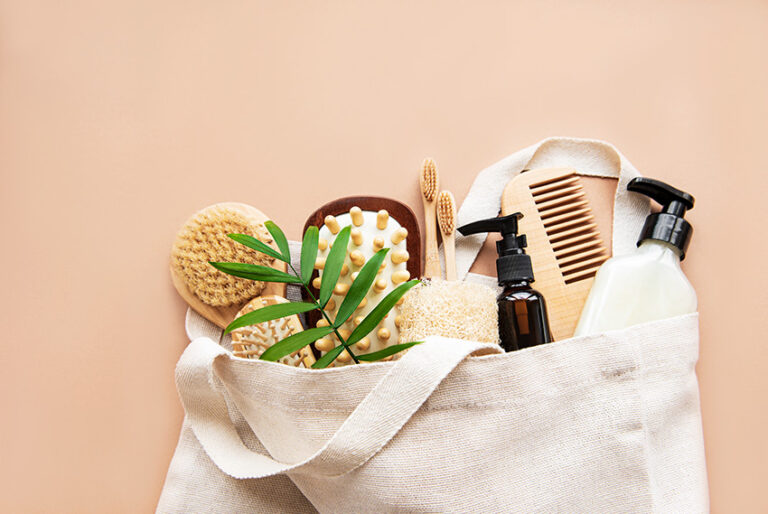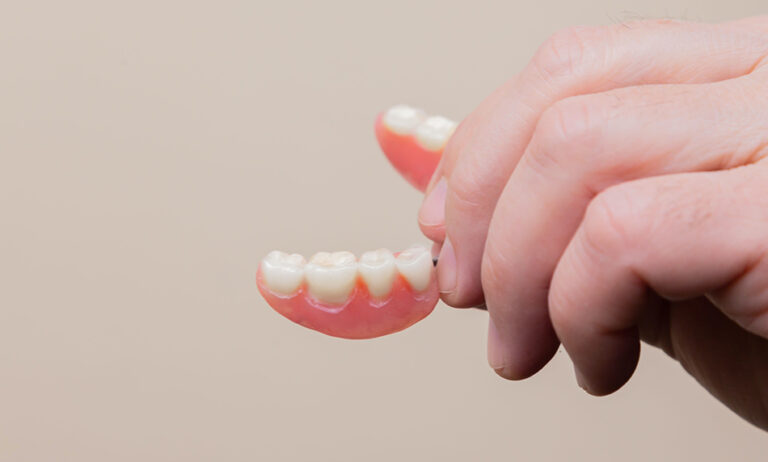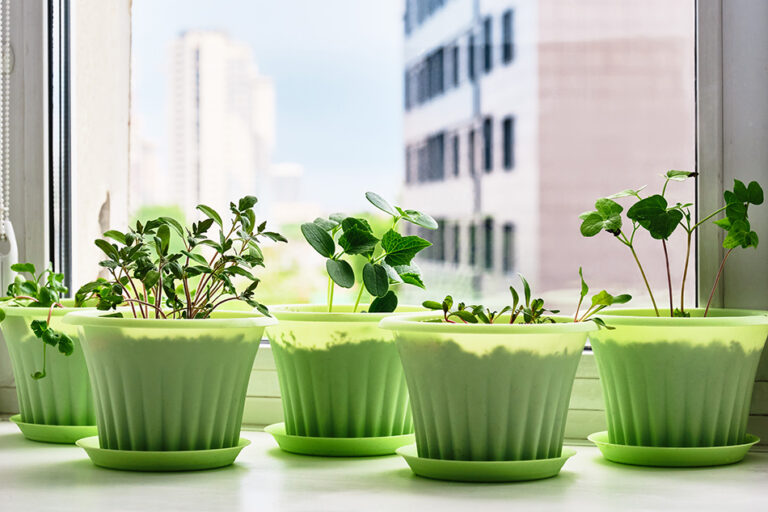Brushing a dog’s teeth for the first time can feel awkward or even scary, but the truth is that most dogs really don’t mind, and many actually love the experience. Below is a step-by-step guide for brushing your dog’s teeth to keep his or her teeth and gums healthy. If you have any oral health-related questions or concerns, please ask a veterinarian, and always follow the advice of your vet if it is different from what you read here.
Step 1 – Start with a Calm and Relaxed Dog
Ideally, you’ll want to make toothbrushing a part of your dog’s daily routine, and that means choosing a time when your pet is usually calm and relaxed. Trying to brush your dog’s teeth when she has the super zoomies or she simply isn’t willing to sit still can be incredibly frustrating for you, and it can even cause injuries to you or your dog. Observe your pet for the times when he or she is usually calm and relaxed, but awake and alert at the same time. These are the best times for brushing.
Step 2 – Gather the (Correct) Supplies
Next, you’ll need to have the proper pet toothbrush on hand. If you’re unsure how to choose the right toothbrush for your dog, we posted a handy, helpful guide that can help you. Next, make sure that you are using a toothpaste designed for dogs and not a standard toothpaste that you picked up in the drug store. Human toothpaste is not ideal for dogs in most cases, and they won’t like the flavor, anyway. Your dog should really enjoy a toothpaste made specifically for him, and you can ask your vet for his or her recommendations if you aren’t sure what to buy. You should also use a toothbrush that is specially designed for pets’ unique oral care needs – and one that’s good for the environment, too.
Step 3 – Choose the Right Position
It’s very important that you choose a good position for brushing your dog’s teeth. If you stand above your beloved furbaby, try to hold him down, or stand in a way that can appear threatening, your dog may start to associate brushing time with discomfort and avoid it at all costs. Instead, try to let your dog assume a natural and comfortable position and get down to his or her level to brush. If your dog seems overly anxious, put the brushing off until he or she has calmed down a little.
Step 4 – Gauge Your Dog’s Willingness
After washing your hands thoroughly, try rubbing the tip of your finger along your dog’s upper teeth and gums. Some dogs will have no problem with this and even seem to enjoy it; others may be more resistive and hesitant. If your dog falls into the latter category, you may need to spend several sessions at this step to help your dog feel comfortable with having his or her gums and teeth cleaned. When your dog no longer seems upset or bothered by this, it’s time to move on.
Step 5 – Toothpaste Taste Test
Before putting toothpaste on the pet toothbrush and going to town, put a small amount on your fingertip and present it to your dog. He or she should lick the toothpaste away, which gives him or her the opportunity to get used to the taste and the texture. Most dogs come to see toothpaste as a treat. When your dog licks off the toothpaste and seems excited for another taste, load up the toothbrush.
Step 6 – Start Brushing
When brushing your dog’s teeth, lift his or her upper lip and angle the bristles at 45 degrees so they just reach the gumline. This helps the bristles massage the gums and remove built-up tartar and plaque. Then, use a circular motion over the entire surface of your dog’s teeth, and aim for a total session length of two minutes. It’s okay if your dog doesn’t allow for the full two minutes at first. He or she will likely be more lenient with time.
Brushing your dog’s teeth does not have to be difficult or scary, and while it’s important to brush whenever you can, there’s no need to worry if your dog just isn’t letting it happen. Ideally, you’ll want to focus on the outsides of the big canine teeth and back teeth at first, then work your way around to the front and the back sides of the teeth. Your dog’s tongue keeps the backsides of his or her teeth cleaner than the outsides, anyway.






